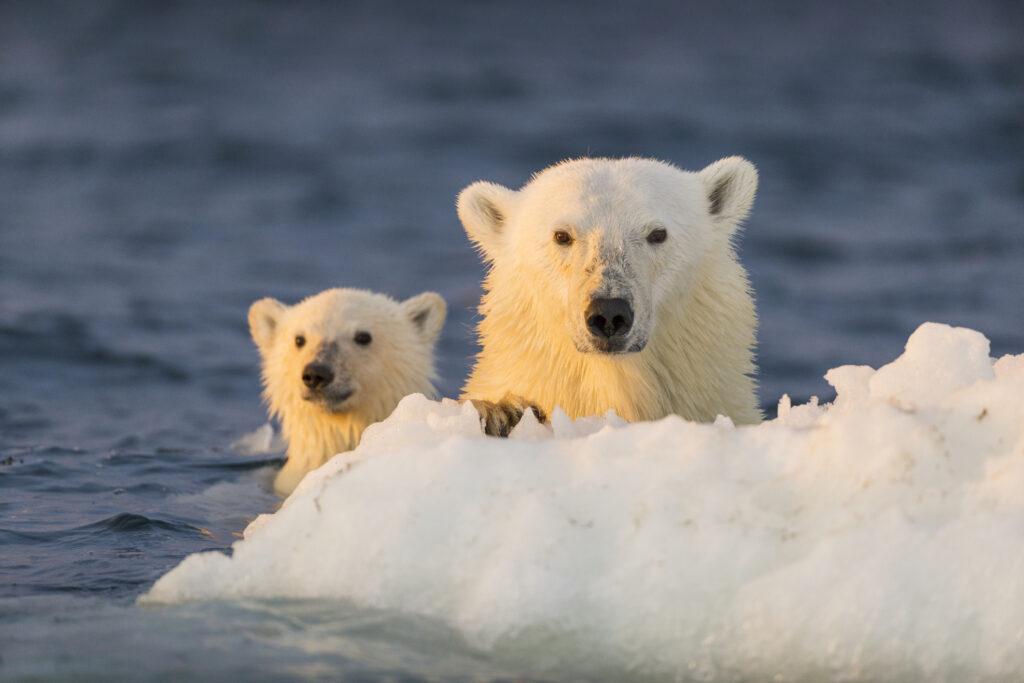The recent big temperature spike has the climate alarmists all excited, pulling out all the hyperbolic stops, as it were. The warming is huge, they say. Their favorite descriptor — unprecedented — appears frequently.
Which makes it all very funny since we had exactly this same situation not that long ago. What is most interesting is what happened next back then because, in my view, it is likely to happen again. Let me explain.
For what follows, you need to be looking at the University of Alabama in Huntsville (UAH) temperature record, which is here:
First of all, compare the ongoing spike now with the 1998 spike. They are virtually identical, as far as the short-term temperature increase is concerned, roughly 1.0 degrees C. So, as spikes go, there is nothing unprecedented.
Yes the tip of the now spike is at a higher temperature that the 1998 spike and this is where is gets very interesting. The base of the now spike is warmer than the base was in 1998. This is because there has been a little bit of warming since then.
But all of that warming has occurred in two specific steps up, each following a super El Niño. After the 1998 spike, the temperature oscillated around a constant value that was warmer than before the spike but there was no additional warming until the 2016 super El Niño spike came along. Then, after that spike it was again warmer but with no warming.
All the warming in the entire record occurs in just two steps, with no warming in between. For the record, I first pointed out this step pattern six years ago, when there was just one clear step, the 1998.
See my https://www.cfact.org/2018/01/02/no-co2-warming-for-the-last-40-years/
At the time, we were wondering if this step pattern would repeat with the 2016 super El Niño, and by golly, it did.
So now, the question is, will we get another little step up in average temperature from the ongoing spike? My bet is it will, so I am here making a forecast to that effect. Of course, I am prepared to be wrong, but it is still very likely.
But the basic point from six years ago remains. There is no evidence of any warming due to the ongoing steady CO2 increase in this entire 45-year record. None whatsoever, as it is all clearly due to the periodic occurrence of super El Niños.
The likely explanation also seems pretty simple. There is residual energy in the atmosphere left over from each spike. So, the total energy goes up with each step.
Note that the energy in the spike does not come from the El Niño. An El Niño is simply a lack of cold water upwelling. Without that cold water, the ocean surface layer gets a lot warmer from the incoming solar energy. Some of that energy goes into the atmosphere, creating the big spike. That some of it would then hang around does not seem surprising. There is no reason why the La Niña that follows each super El Niño should remove all recently added energy.
Here is my conclusion from six years ago: “But in no case is there any evidence of CO2 induced warming here, nor of any human-caused warming for that matter. These causes would produce a relatively steady warming over time, not the single episodic warming that we clearly see here. In particular, to my knowledge, there is no known way that the gradual CO2 increase could have caused this giant El Nino-La Nina cycle.
“Thus, the little warming that there is in the last 40 years appears to be more or less entirely natural. In any normal science, this result would be sufficient to invalidate the hypothesis that the increasing CO2 concentration is causing global warming.”
Nothing has changed. The hypothesis of anthropogenic global warming is falsified by simple observation. Science is like that or should be.
Photo by Ivan Radic. Creative Commons Attribution 2.0.





